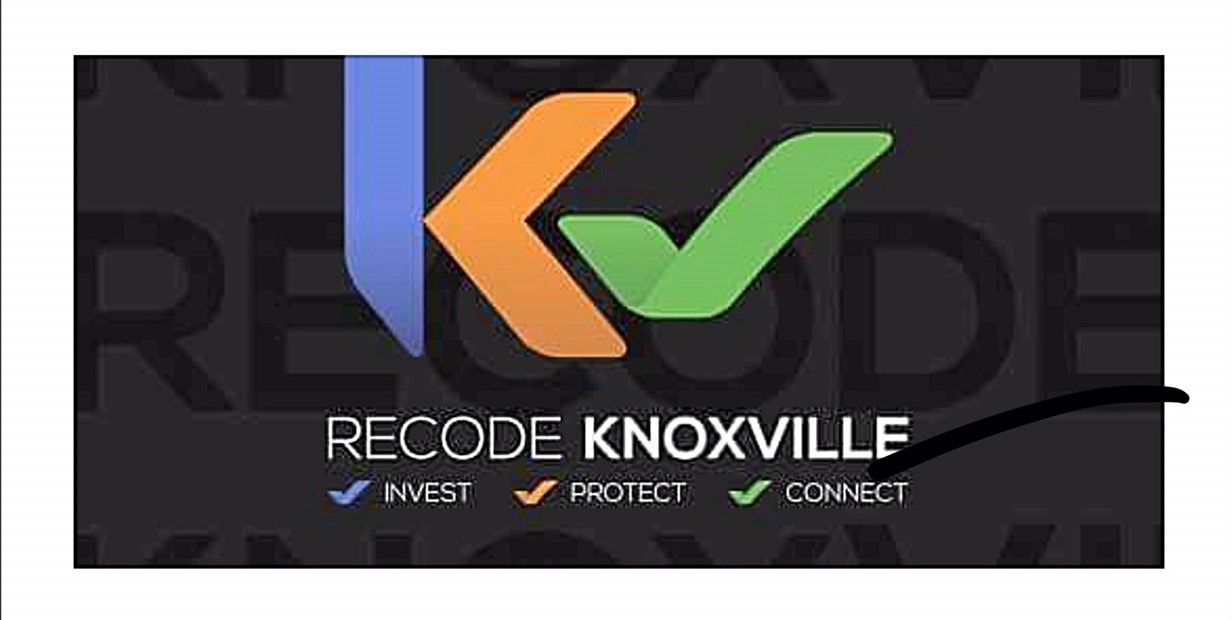What’s that nifty little house slipping into your neighbor’s side- or backyard? Is her aged granny moving in? Or, will both dwellings be rented out?
Recode Knoxville is a rewrite of zoning regulations inside the city. A big change involves Accessory Dwelling Units, or ADUs.
Recode Section 10.3.B would allow an accessory dwelling unit to be built in every residential zone in the city. Minimum lot size has been decreased from 7,500 to 5,000 sq. ft. in draft 2. The maximum size of an ADU is 600 sq. ft. for the smallest lots (under 10,000 sq. ft.) increasing up to a 1,200 sq. ft. ADU on lots over 20,000 sq. ft., and is limited to 40 percent of the primary home’s area.

Historical. Some traditional neighborhoods with big houses on large lots have a mini-house in the backyard or over the garage. The Knoxville zoning code allowed “servant quarters” as an accessory use. Back in the day, a few homes had on-premise housekeepers’ quarters, usually on lots with at least 22,000 sq. ft., and typically larger. You might still glimpse a few remaining units in Sequoyah, Westmoreland, Holston Hills, Fountain City or Old North. They remain a rarity though.
Garage apartments are currently allowed in R-1A and R-2 zones (where duplexes are permitted). And, EN zones permit accessory units on owner-occupied lots about 3/4 acre.
In addition, state law allows a family member or guardian the right to add a “temporary family healthcare structure” (transportable accessory structure) in a single-family zone for the duration of a relative’s mental or physical illness caregiving needs. See TCA §13-7-502 et seq. Afterwards, the temporary structure must be removed within 30 days.
Low Income Housing Shortage. City officials note a lack of sufficient low- or moderate-income housing in the marketplace, a condition perhaps exacerbated by less funding after the mortgage crisis of 2008. KCDC also reports a shortage of available Section 8 subsidized housing. Several agencies, including KCDC and the city’s Community Development department help fund new construction and rehabbing of multi-family units for lower income residents. Private entities like Home Source and Habitat concentrate their development efforts on empty lots and demo sites for such housing in existing residential zones, aided by federal and state grants to foster such housing. That much is standard.
Perhaps we should debate enlarging local funding for subsidized home ownership. What are our other options? Tax breaks for developers? Donating lots to committed homemakers? What does marketplace teach us? Or should we just leap before we look?
Will ADUs actually increase affordable housing? If the owner is not required to live on the premises (Recode’s current position), will we just create investor incentives to buy an affordable house, add an ADU, and thus create two rentals on one lot? Won’t that raise house prices and reduce affordable home ownership? Distancing the American dream. …
Progressive Planners. Enter now the new density wave predicted (or desired) by progressive planners like our city administration. Their mantra? We need more density to be ready for the hordes of people locating here in the next 20 years, based on exaggerated population projections. They want more buses, fewer cars. They push to narrow existing roadways. It’s walkable bikeable everything.
Such major changes should be made only after open community debate – not by a heavy-handed dictate from the top, slipped into a code clean-up exercise and sold as “zone neutral.”
ADUs In Every Neighborhood. As written, Recode would permit ADUs in every neighborhood, as a right. Think about it, double the density with the stroke of a pen. Shouldn’t this be put on the table as a separate issue for community debate? Or even a vote?
For one thing, most single-family neighborhoods were laid out with streets and utilities designed for a lower level of use. What does more cars and more people do to that existing functional design? What happens to school districts? Is there a reasonable lot size limit, or should smaller 5,000 and 7,500 sq. ft. lots suffice? How many people can live in an ADU? Without controls, it might be used as short-term rental, or alternatively the main house could be rented with the ADU declared “owner-occupied.” Shouldn’t zoning protect neighbors?
Rules in Other Jurisdictions. How are other jurisdictions addressing this new planning wave? Tazewell Pike resident Jamie Rowe has begun researching this question and reports that several jurisdictions allowing ADUs have “limited their use to larger lots, to owner-occupied premises, multi-family zones, and have added off-street parking requirements, landscaping, as well as limited the number of occupants in such accessory housing.”
For example:
—Nashville allows them only where duplexes are permitted.
—Decatur, Georgia, limits ADUs to 300 to 800 sq. ft., and to no more than two occupants.
—Franklin, Tennessee, limits ADUs to 800 sq. ft., under the same roof as the house, and two occupants, with off-street parking; detached units only on 2+ acre lots with special use permit.
—Atlanta allows them only in duplex and multi-family zones with 750 sq. ft. max.
—Memphis/Shelby County allows only 700 sq. ft. ADUs on lots from 10,000 sq. ft. to 1.5 acres; larger acreage can have bigger ADUs; must supply parking space.
—Salt Lake City requires an affidavit that home and/or ADU is owner-occupied and prohibits them where there is an existing home occupation or business use.
Conclusion. We can’t make this decision casually. The community and the council must focus on a potential sea change in land use and debate it openly. Start cautiously, limiting ADUs to specific areas, before throwing the doors wide open to every neighborhood in every zone. We need to respect our citizens’ choice of the type of neighborhood they have chosen to live in and raise their family. This should not be a top-down decision.

